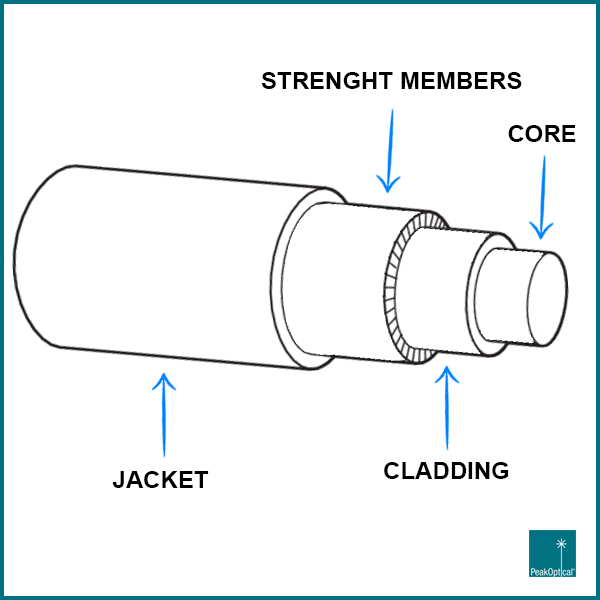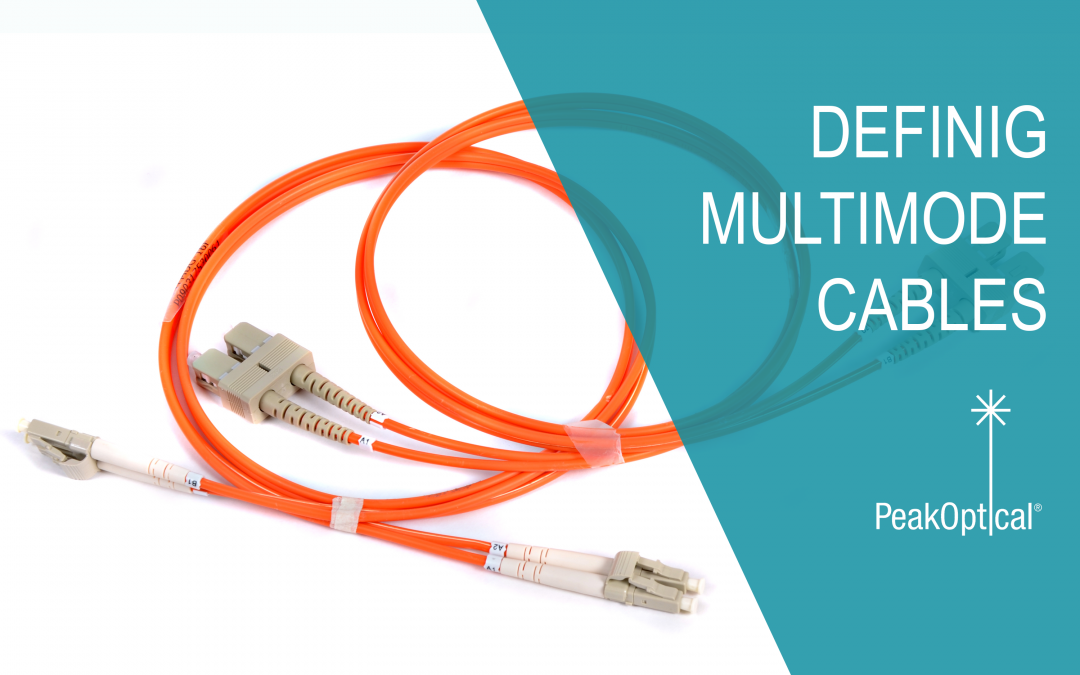Hair-thin strands of glass or plastic fiber are used to send light signals. The light travels to the core, the center of the fiber optic. The core it is surrounded by the cladding, an optical material that traps in the core, using the “total internal reflection” technique. A primary buffer coating protects the fiber from moisture or other damage. The level of protection is strengthened by the cable, which holds the fiber and the strength members inside and it is covered by a jacket.

There are two types of cables (Multimode and Single Mode). Today we are discussing the main characteristics of the Multimode fiber optic.
Multimode patch cords have a large diameter, typically 50-100 microns. Over medium distances, multimode fibers give high bandwidths at high speeds. Light waves are dispersed into numerous paths, or modes, as they travel through the cable’s core typically 850 or 1300nm.
In cable runs longer than 914,4 meters, the multiple cable pats can cause distortion at the receiving end, resulting in an unclear and partial data transmission.
Multimode cables are considered to be the “domestic” fiber as they are used for local-area network, as an example, they can be used in FTTH. Multimode can reach up to 100Gbps Ethernet.
PeakOptical Multimode fiber portfolio includes OM1, OM2, OM3, and OM4
*This post is part of the series ”PeakOptical Fiber Optic Definitions”. The articles that are to come have the purpose of explaining the general terms used in the field of fiber optics.


